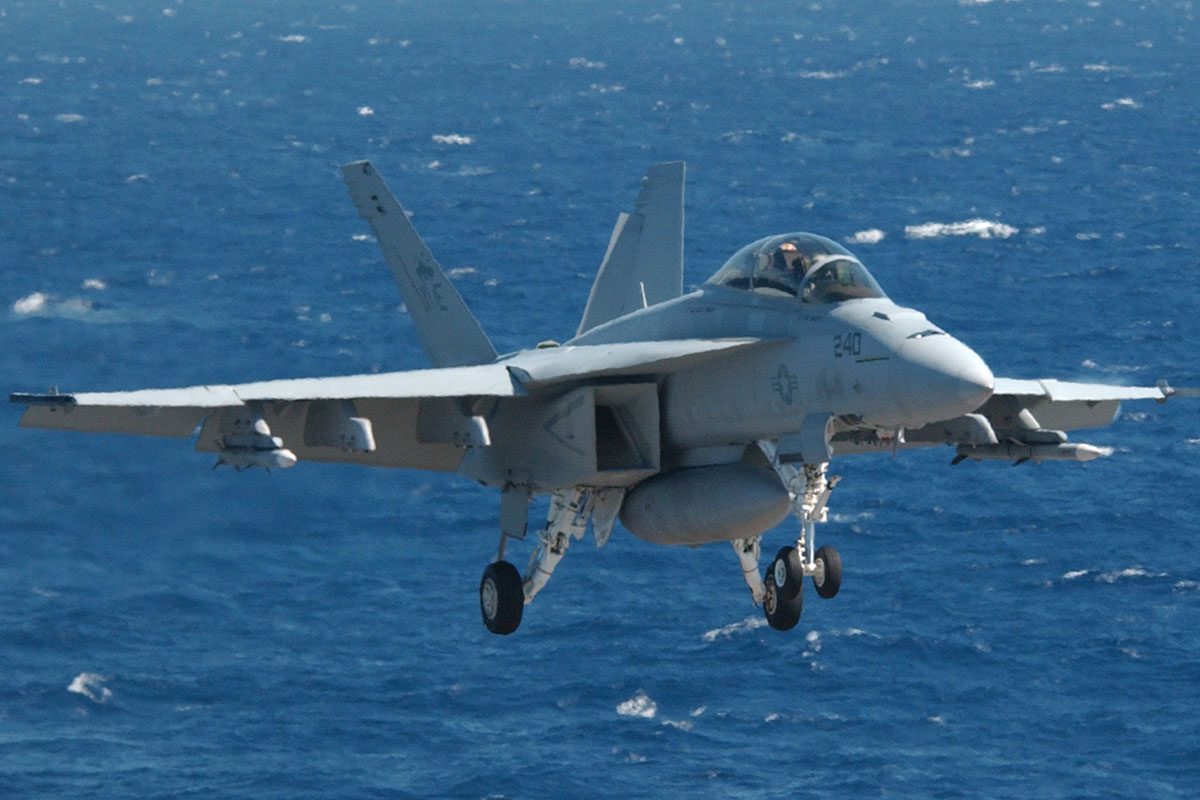

The missile will use sheer force for impact, not a warhead, which increases its maneuverability. Reduction in size and weight will cut down on the missile drag and weight associated with single-stage missiles. The two-stage missile has a “kill vehicle” attached to a booster section that comes apart after initial burst, propelling the front to the target. However, it emphasizes “multi-pulse solid rocket motors” that can be throttled, along with innovative “propellants, grain configurations, cases, and liners.” Boeing’s Two-Stage Missile Conceptīoeing unveiled its Long-Range Air-to-Air Missile concept in September 2021 in response to the solicitation. The AFRL could consider single or multi-stage rocket motors or an air-breathing system. The missile will be faster than current models with compact warheads having a “high single-shot probability of kill.” The missiles are required to fit into a fifth-generation aircraft’s weapon bay, not exceeding 156 inches (396 centimeters). They will also complement the Lockheed Martin AIM-260 Joint Advanced Tactical Missile, currently under development, according to an AFRL solicitation reported by Air and Space Forces Magazine. The missiles are intended to replace Raytheon’s current AIM-120 AMRAAM and AIM-9X Sidewinder.

The award comes two months after the AFRL awarded a similar contract to Boeing through September 2027. The company will develop critical subsystem technologies for the missile concepts by the end of 2029 under the contract. The US Air Force Research Laboratory (AFRL) has awarded Raytheon a $21 million contract to support the development of the compact air-to-air and extended-range air-to-air missiles.


 0 kommentar(er)
0 kommentar(er)
